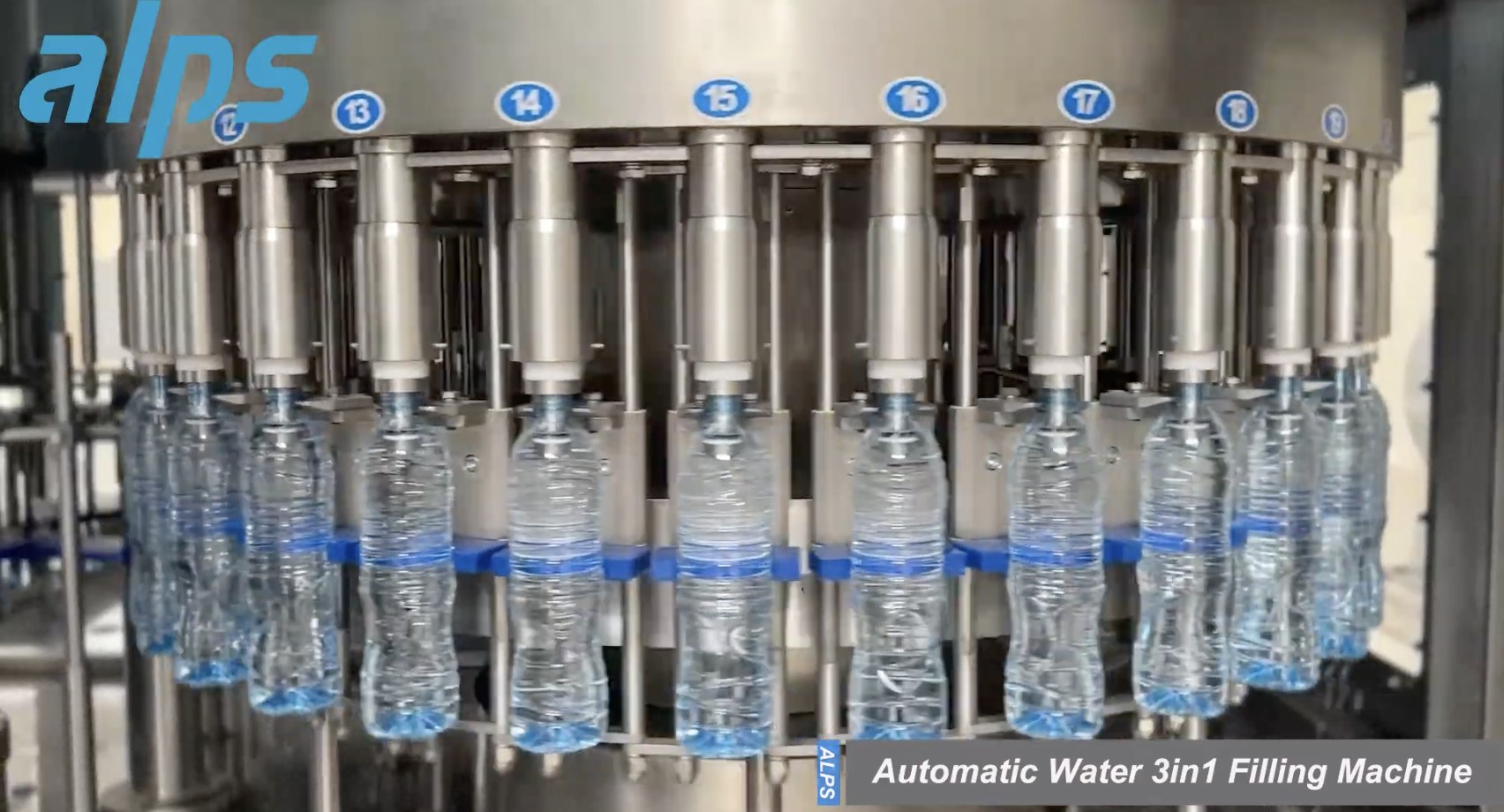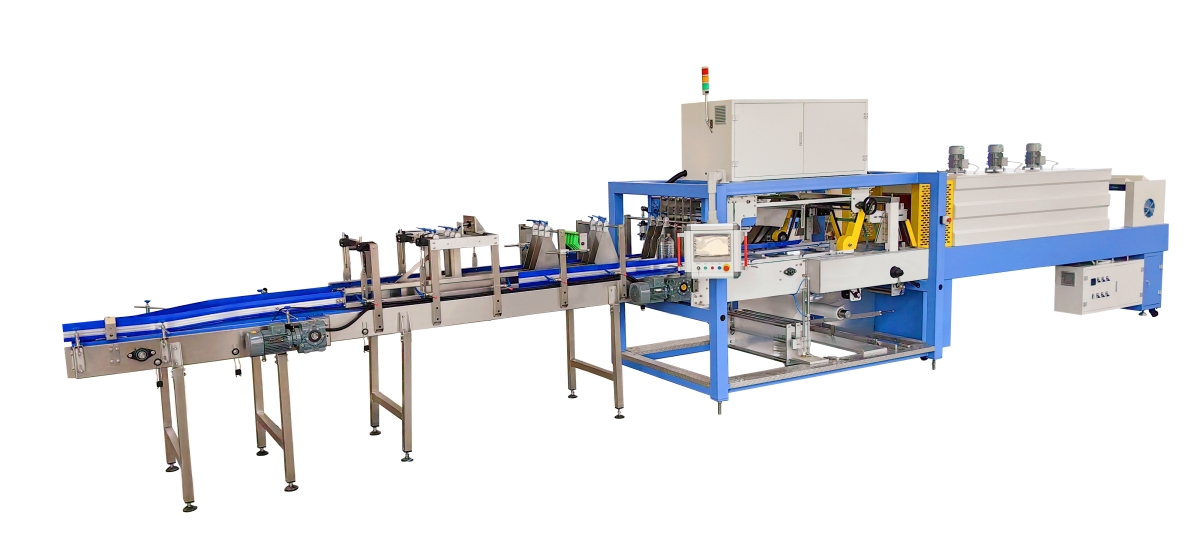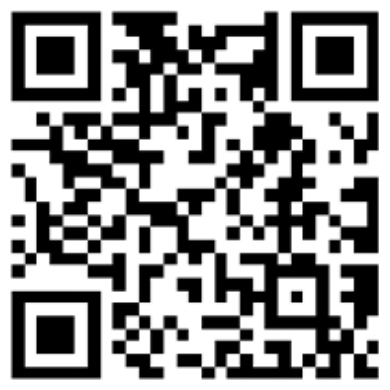Advanced Liquid Package Solution
The global demand for bottled water continues to grow, driven by increasing health awareness, the need for portable hydration, and improvements in water processing technologies. At the heart of this booming industry lies the bottle water filling machine—a critical component in ensuring clean, efficient, and scalable water bottling operations.
But a bottled water filling machine doesn’t operate in isolation. It’s part of a larger, integrated production line that transforms raw water and PET preforms into labeled, capped, and packaged bottles ready for distribution. In this article, we’ll break down the complete workflow of a bottled water production line, explaining each step and component in the process, and how they all work together to deliver a finished product that meets safety and quality standards.

A bottle water filling machine is an automated system designed to fill clean water into pre-formed bottles. Depending on production needs, these machines can be configured for different bottle sizes, shapes, and materials—most commonly PET (polyethylene terephthalate).
Water filling machines are commonly categorized by capacity and level of automation:
Semi-automatic water filling machines – Ideal for small-scale operations
Automatic water bottle filling machines – Designed for high-speed, continuous operation in large factories
They are used in the bottling of:
Mineral water
Purified water
Spring water
Distilled water
Alkaline water
While the bottled water machine is the core of the operation, the entire production line includes several integrated systems that handle every step—from purification to packaging. A complete line typically includes:
(1) Water treatment system
(2) Bottle blowing system (if PET preforms are used)
(3) Rinsing-filling-capping (RFC) monoblock
(4) Labeling system
(5) Packaging system (shrink wrapping or case packing)
(6) Palletizing and wrapping system (optional)
Each system is engineered to work in sync for maximum efficiency, hygiene, and throughput.

Let’s explore how each component contributes to the bottled water production process.
Before any filling begins, raw water must be purified to meet health and regulatory standards. The water treatment system usually consists of:
Sand filter & carbon filter – Removes sediment, chlorine, and organic matter
Reverse osmosis (RO) system – Filters out dissolved solids, heavy metals, and bacteria
UV sterilizer – Destroys microbial contaminants
Ozone generator – Helps maintain sterility in storage tanks and bottles
Water treatment system ensures that only high-quality water enters the filling machine, making it a foundational component of any bottled water filling machine setup.
If the production line uses PET preforms, a bottle blowing machine is needed to form the bottles. Preforms are heated and then blown into molds using high-pressure air to achieve the desired shape and volume (e.g., 500ml, 1L, or even 5 gallon water bottles).
In modern systems, the blowing machine is integrated directly with the filling machine via an air conveyor, reducing contamination and improving production speed.
Once bottles are formed or fed into the system, they are rinsed using sterilized water or air to remove any dust or particles before filling. This is typically done by an automatic rinsing station located inside the RFC monoblock (Rinsing-Filling-Capping) machine.
The bottle rinsing process ensures that every bottle is clean and safe for consumption.
This is the core stage where water is dispensed into bottles using the automatic water bottle filling machine. Most water filling systems use gravity filling or pressure filling methods, depending on the line configuration.
Key considerations include:
Accurate volume control
Non-spill nozzles
Stainless steel construction for hygiene
High-speed rotary filling valves for continuous operation
For operations dealing with larger containers such as 5 gallon water bottle filling machines, slower but more robust linear filling machines may be used. These often include special cap sorting and sealing systems tailored for large bottles.
Once filled, bottles move to the capping station where caps are applied and sealed tightly. Caps are typically sterilized using UV light or disinfectant before application to ensure hygiene.
Common cap types include:
Screw caps for PET bottles
Snap-on caps for gallon jugs
High-speed capping systems ensure tight seals to prevent leakage or contamination during transport.
After capping, bottles are labeled according to the brand’s marketing and regulatory requirements. Labeling systems may include:
Self-adhesive labeling machines
Shrink sleeve applicators
Hot melt glue labelers
Modern systems synchronize labeling speed with the output of the automatic water bottle filling machine to maintain a continuous flow and reduce downtime.
Bottles are grouped and packed using either:
Automatic shrink wrap machines for retail-ready packs (e.g., 12 or 24 bottles)
Case packing machines for bulk shipment
Shrink wrapping uses heat to tightly seal a plastic film around grouped bottles. This ensures protection and stability during shipping and storage.
For gallon or bulk water operations, automated carton erectors and sealers may be used.

Large-scale plants may include automatic palletizing systems where grouped packs or cases are stacked onto pallets and wrapped with stretch film for logistics.
This is typically the final step before the products are moved to warehouses or loading bays.
Today’s bottled water machines are increasingly automated and digitally controlled. Features like PLC (Programmable Logic Controller) and HMI (Human Machine Interface) systems allow real-time monitoring and easy operation.
Benefits of automation include:
Higher production speed
Greater precision and reduced wastage
Lower labor costs
Real-time error detection
Seamless integration of all components in the line
Integrated sensors, flow meters, and temperature controls ensure each component performs optimally with minimal manual intervention.
When planning a water bottling plant, consider the following:
Production capacity (e.g., 2,000 to 24,000 bottles per hour)
Bottle sizes and formats
Type of caps and labels
Factory space and layout
Regulatory and hygiene compliance
Scalability and after-sales support
Choosing the right bottled water machine depends on your business size, market demand, and product diversification strategy. For example, a startup may begin with a semi-automatic water bottle filling machine, while an established brand may opt for a high-speed rotary bottled water filling machine.
A bottle water filling machine is just one part of a sophisticated, multi-stage production system designed to transform raw water and packaging materials into safe, market-ready bottled beverages. From water purification to final packaging, every step must be optimized for hygiene, consistency, and efficiency.
Understanding the complete workflow not only helps you choose the right equipment but also ensures smoother operations, better product quality, and improved return on investment.
If you're looking for a trusted partner to design and supply a complete bottled water filling line, including everything from 5 gallon water bottle filling machines to high-speed automatic water bottle filling machines, ALPS Machine offers industry-leading solutions backed by global experience and local support. With ALPS Machine, you can confidently power your production with intelligent, reliable, and scalable filling systems.

By continuing to use the site you agree to our privacy policy Terms and Conditions.